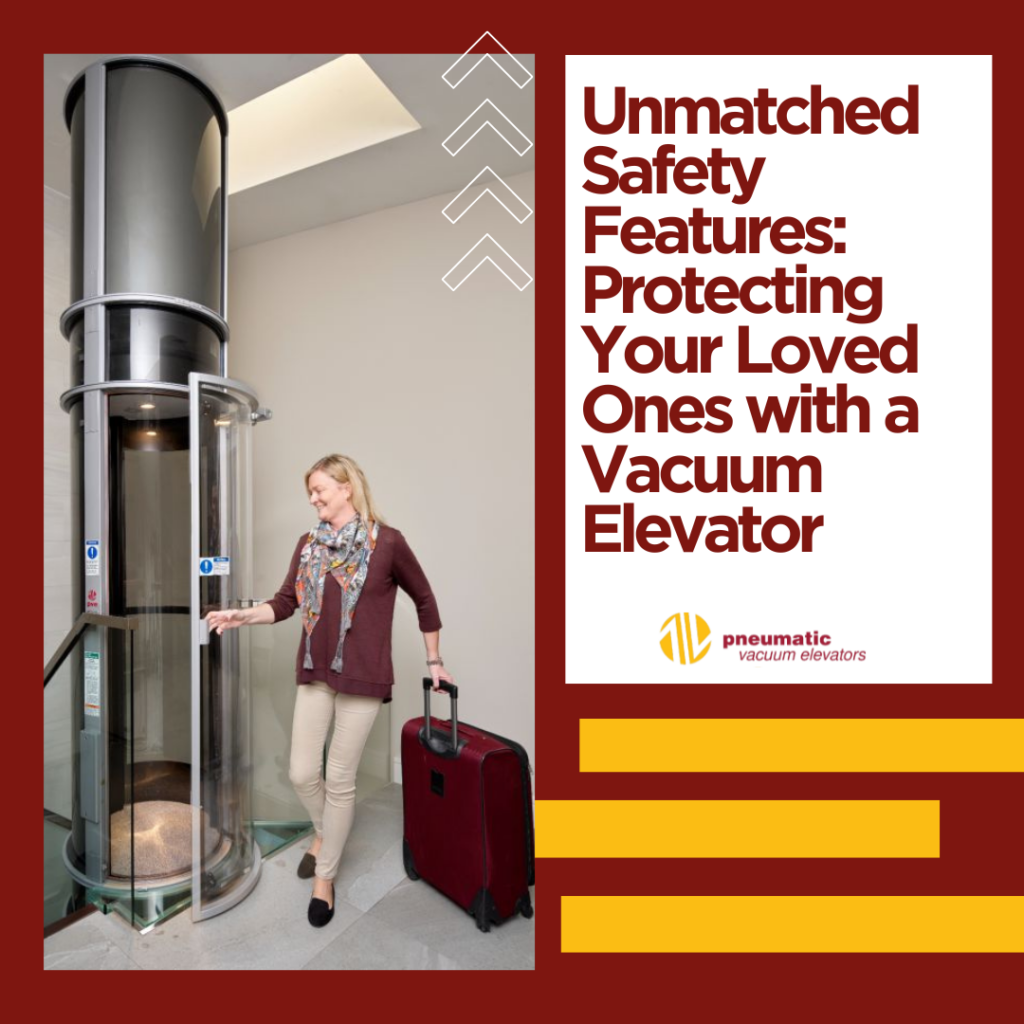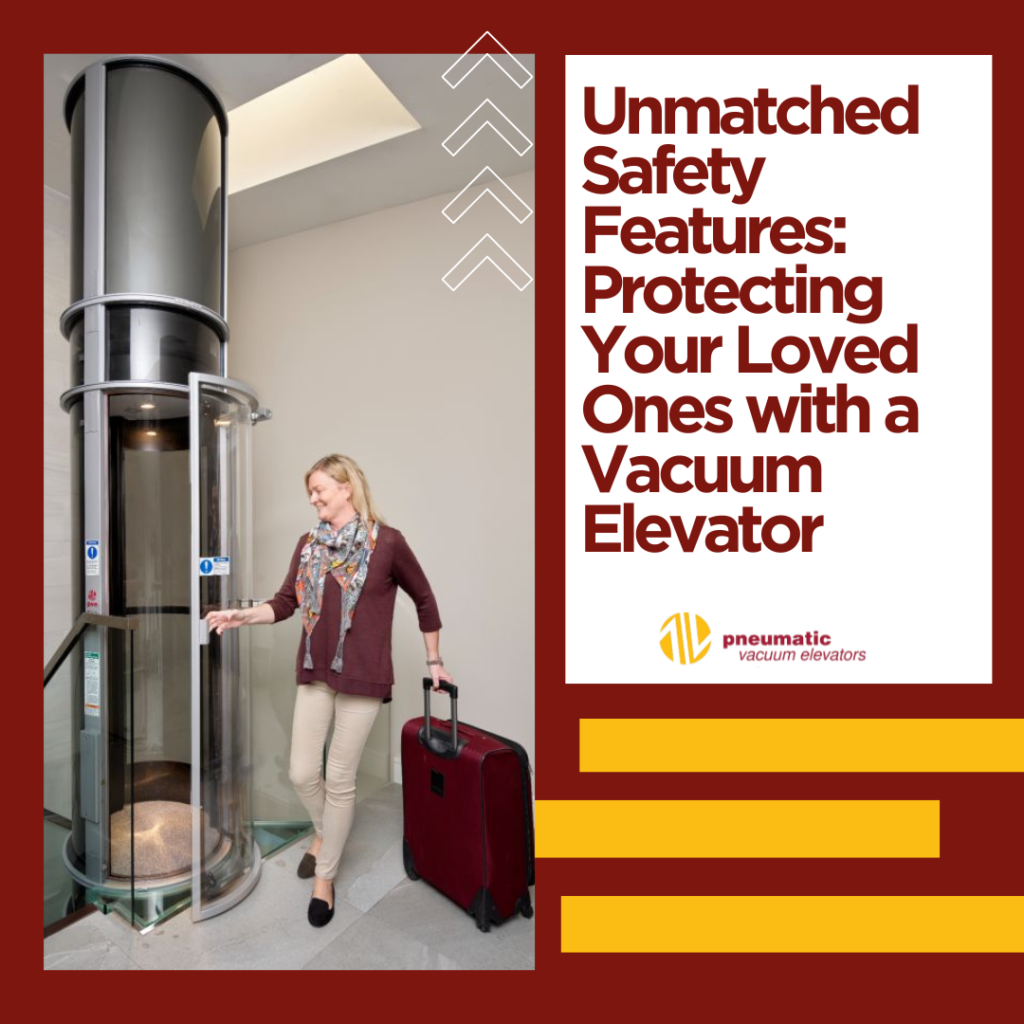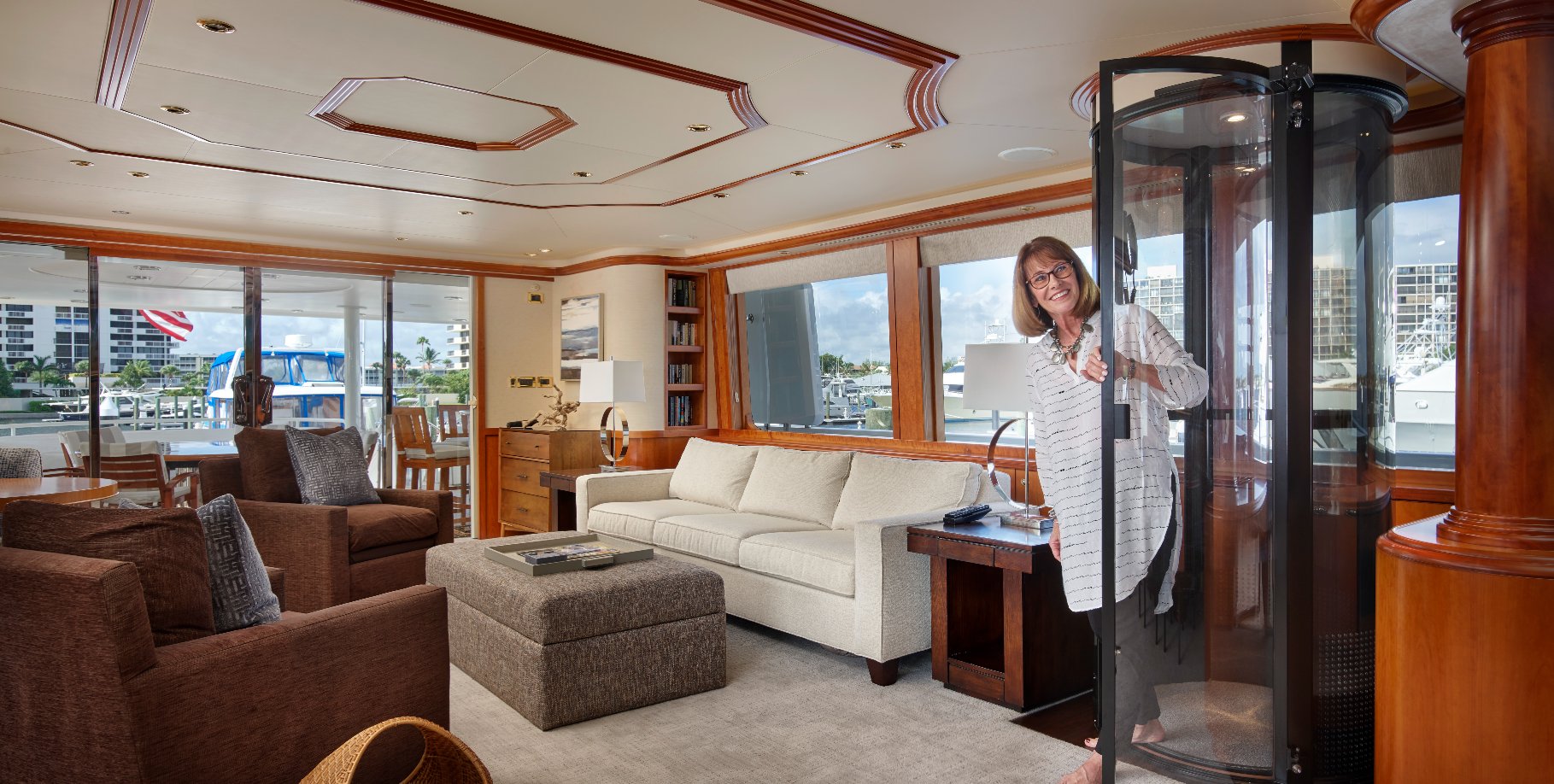
When it comes to installing a residential elevator, ensuring the safety and security of your loved ones is of utmost importance. In this blog post, we will delve into the comprehensive security measures incorporated in modern home elevators. By understanding these advanced features, you can make an informed decision to enhance the security of your home. Let’s explore the key aspects of home elevator security.
Air Pressure Protection: Safeguarding Your Home Elevator Experience
One of the key elements of home elevator security is air pressure protection. This innovative safety feature eliminates the risk of freefall and ensures controlled descents, providing peace of mind for homeowners. Let’s take a closer look at how air pressure protection enhances the security of your home elevator.
Lift Mechanism and Air Pressure
Modern home elevators utilize a unique lift mechanism that creates a cushion of air below the lift car. This air pocket acts as a safety buffer, ensuring smooth and secure descents. In the event of a power loss, the air pressure beneath the car allows for a controlled descent to the ground level, eliminating the risk of sudden drops and providing an additional layer of security.
Emergency Backup: Reinforcing Security Measures
To further bolster security, advanced emergency backup systems are integrated into residential elevators. These backup systems provide an extra layer of protection during unforeseen circumstances. Let’s explore some of the emergency backup features that contribute to the overall security of home elevators.
Summary:
- Introduction to the importance of air pressure protection in home elevators.
- Explanation of the lift mechanism and air pressure that create a safety cushion during descents.
- Highlighting the controlled descent and elimination of freefall risks with air pressure protection.
Mechanical Safety Brakes: Anchoring Your Home Elevator Security
Mechanical safety brakes are a fundamental component of home elevator. These brakes ensure immediate halting of the elevator cabin in case of power loss or vacuum compromise, prioritizing the safety and security of occupants. Let’s delve deeper into the functionality and significance of mechanical safety brakes in maintaining home elevator security.
Activation and Anchoring: Promoting Safety and Security in Your Home Elevator
In the event of a power failure or compromised air pressure, mechanical safety brakes activate within the first few centimeters of freefall. Once engaged, these brakes firmly anchor the cabin to the lift structure, preventing any further descent and ensuring the safety and security of all occupants.
Rescuing Procedures: Safeguarding Occupants and Ensuring Home Elevator Security
In rare instances where safety brakes engage, well-established rescuing procedures are in place to ensure the prompt and secure retrieval of occupants. These procedures adhere to industry standards and are designed to prioritize the safety and security of individuals in need of assistance.
Summary:
- Introduction to the significance of mechanical safety brakes in home elevator security.
- Explanation of the activation and anchoring process of safety brakes during power loss or vacuum compromise.
- Emphasis on the role of mechanical safety brakes in ensuring the safety and security of occupants.
Elevator safety and security are paramount considerations when installing a residential elevator. By understanding the advanced security measures incorporated in modern home elevators, such as air pressure protection and mechanical safety brakes, you can confidently choose a home elevator that prioritizes the security and well-being of your loved ones. Consult with a reputable elevator provider to explore the range of security features available and select a home elevator that provides the highest level of safety and security for your specific needs.
FAQ (Frequently Asked Questions)
Q1: What happens in the event of a power failure during elevator operation?
A: In the event of a power failure, modern home elevators equipped with advanced security measures, such as air pressure protection and mechanical safety brakes, ensure controlled descents and immediate anchoring of the cabin to maintain the safety and security of occupants.
Q2: Are there additional safety features in case of air pressure compromise?
A: Yes, home elevators incorporate multiple layers of safety protection. In the rare event of air pressure compromise, mechanical safety brakes engage within the first few centimeters of freefall, securely anchoring the cabin and preventing further descent.
Q3: What rescue procedures are in place in case of safety brake engagement?
A: Home elevators follow industry-standard rescuing procedures to promptly and safely retrieve occupants in the rare instances where safety brakes engage. These procedures prioritize the safety and security of individuals and ensure their prompt assistance.
Q4: How do home elevators provide an unmatched level of security?
A: Vacuum home elevators, with their advanced security measures like air pressure protection, mechanical safety brakes, and well-established rescue procedures, have earned a reputation as “the world’s safest residential elevator.” These features work together to ensure the utmost safety and security for occupants.








